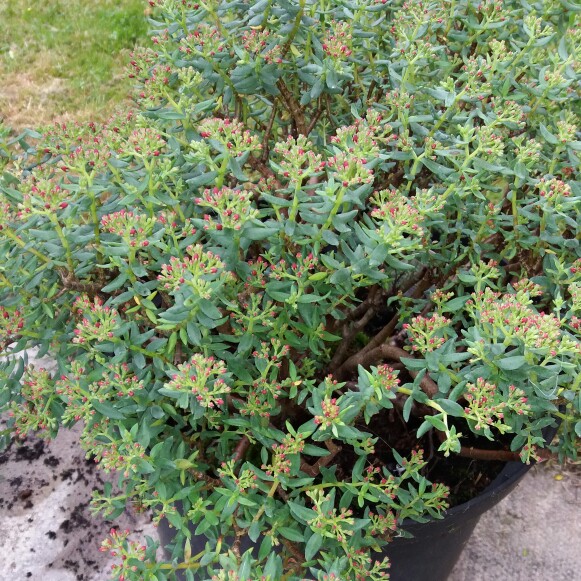
Crassula Sarcocaulis subs. 'rupicola'
Crassula Sarcocaulis
Crassula are succulent, herbaceous plants. Some varieties are suitable for rock gardens in mild regions as long as the soil is well drained. The thick leaves are often covered with hair or 'meal' and the flowers are generally small in size and borne on terminal panicles. Crassulas can easily be grown from leaf cuttings. 'Rupicola' has pink flowers and crimson buds on a succulent foliage. Prefers full sun, or partial shade with free-draining soil or compost.
-
Full sun
-
Very little water
-
Not Frost hardy
-
Light and free draining
Common name
Crassula Sarcocaulis
Latin name
Crassula Sarcocaulis subs. 'rupicola'
type
Succulent
family
Crassulaceae
ph
5.0 - 7.5 Acid - Neutral
Plant & bloom calendar
-
Best time to plant
full grown dimensions
 0.30 M
0.25 M
0.30 M
0.25 M
Crassula Sarcocaulis subs. 'rupicola'
Crassula are succulent, herbaceous plants. Some varieties are suitable for rock gardens in mild regions as long as the soil is well drained. The thick leaves are often covered with hair or 'meal' and the flowers are generally small in size and borne on terminal panicles. Crassulas can easily be grown from leaf cuttings. 'Rupicola' has pink flowers and crimson buds on a succulent foliage. Prefers full sun, or partial shade with free-draining soil or compost.
Propagation by cuttings
From Early Spring TO Late Summer
Crassulas can be grown from leaf cuttings taken in spring and summer. Pull a leaf from the main stem, leave it to dry for a day, then place it on the surface of the growing compost. The leaf will form roots and eventually, a small rosette will appear at the base. Remove and pot up the new plant when well rooted.
Planting
From Early Spring TO Early Summer
Crassulas need a sharply drained soil, such as 2 parts John Innes potting compost number 2 and 1 part course sand or grit. They do best on a sunny window ledge and in winter, require a minimum temperature of 7C. Repot every second year in early spring.













